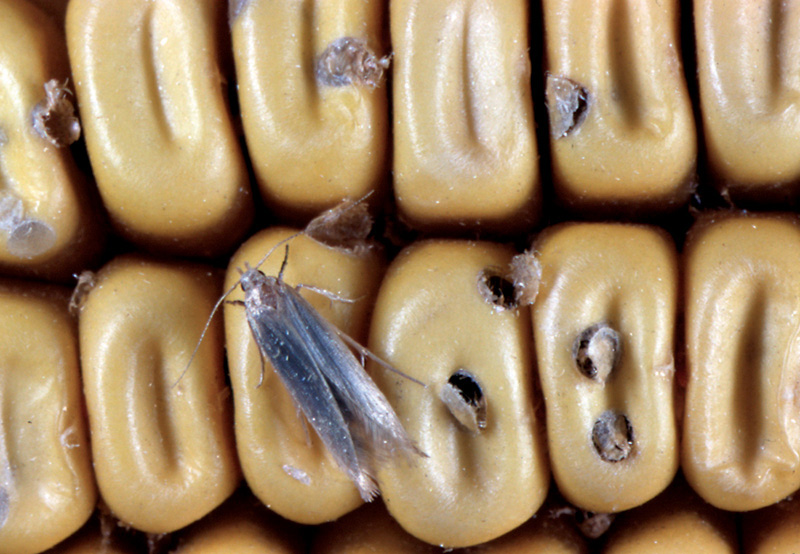Pantry Pests- Moths and Beetles
go.ncsu.edu/readext?979237
en Español / em Português
El inglés es el idioma de control de esta página. En la medida en que haya algún conflicto entre la traducción al inglés y la traducción, el inglés prevalece.
Al hacer clic en el enlace de traducción se activa un servicio de traducción gratuito para convertir la página al español. Al igual que con cualquier traducción por Internet, la conversión no es sensible al contexto y puede que no traduzca el texto en su significado original. NC State Extension no garantiza la exactitud del texto traducido. Por favor, tenga en cuenta que algunas aplicaciones y/o servicios pueden no funcionar como se espera cuando se traducen.
Português
Inglês é o idioma de controle desta página. Na medida que haja algum conflito entre o texto original em Inglês e a tradução, o Inglês prevalece.
Ao clicar no link de tradução, um serviço gratuito de tradução será ativado para converter a página para o Português. Como em qualquer tradução pela internet, a conversão não é sensivel ao contexto e pode não ocorrer a tradução para o significado orginal. O serviço de Extensão da Carolina do Norte (NC State Extension) não garante a exatidão do texto traduzido. Por favor, observe que algumas funções ou serviços podem não funcionar como esperado após a tradução.
English
English is the controlling language of this page. To the extent there is any conflict between the English text and the translation, English controls.
Clicking on the translation link activates a free translation service to convert the page to Spanish. As with any Internet translation, the conversion is not context-sensitive and may not translate the text to its original meaning. NC State Extension does not guarantee the accuracy of the translated text. Please note that some applications and/or services may not function as expected when translated.
Collapse ▲The holidays can bring a bounty of baked goods and savory treats, and leave you with a variety of odd ingredients. People come and go from your home, bringing you food from all over; it can be overwhelming. The holiday guests you are bound to not welcome are those raiding your pantry. It is unsettling to measure out flour to see worm-like grubs or caterpillars wriggling in your mixing bowl. Rest assured, this is generally due to bringing in food that is already infested, but here’s what else to look out for and what you can do to reduce the likelihood of getting a pantry pest.
Signs of Pantry Pests
There are several species of moths and beetles that are notorious pantry insect pests. Each species has its own preference for light and temperature, and what it likes to eat. Some prefer damaged grains, like corn, rice and wheat germ, and some prefer oily foods like chocolate and nuts. There are even some that can infest crackers, spices, pastas, hair, potatoes, dried food, pet food, pharmaceuticals, and rodent poison. You may notice webbing, an odd or unpleasant smell when you open the package, and/or adult moths or beetles congregating around windows or lights in the afternoon or evening.
crackers, spices, pastas, hair, potatoes, dried food, pet food, pharmaceuticals, and rodent poison. You may notice webbing, an odd or unpleasant smell when you open the package, and/or adult moths or beetles congregating around windows or lights in the afternoon or evening.
Conditions of Pantry Pests
The presence of pantry insect pests is not necessarily a commentary on how clean your pantry is. Sometimes food you purchase can already be contaminated, but you only see it when you get home or after a couple weeks or months, because it takes time for eggs to hatch and larvae to start feeding. Most manufacturers have practices in place to control these insects, and GAP certification usually entails standard operating procedures to protect consumers from infested foods. Each species prefers different food sources, temperature and humidity conditions, so if you have contaminated food and ideal environmental conditions in your pantry or food storage place, you can inadvertently help the insect grow.
How to Prevent Pantry Pests
It is important to keep your pantry clean of old food, and vacuumed and clean of crumbs and food debris. Insect pests can get a foothold in small cracks and crevices where crumbs gather. The recommendation is to try to eat food within two to four months of purchase, even if they are shelf stable. If you are trying to store for longer periods of time, consider storing your flours and grains in your refrigerator or freezer. Repackage flours purchased in paper bags in sealed containers. Make sure food packages are properly sealed. Most insect pantry pests are incredibly small and adept at getting between incomplete seals. Inspect food occasionally, to make sure you do not see any webbing, insect skeletons, or odd smells. Observe if you see moths or beetles around the pantry area, and bring them into your local Cooperative Extension Service for identification.
sure food packages are properly sealed. Most insect pantry pests are incredibly small and adept at getting between incomplete seals. Inspect food occasionally, to make sure you do not see any webbing, insect skeletons, or odd smells. Observe if you see moths or beetles around the pantry area, and bring them into your local Cooperative Extension Service for identification.
Pantry pests have similar tastes to us, so don’t let the holidays be the time you discover an unwanted pantry pest. Be vigilant and practice sound integrated pest (and pollinator) management in your own home. And remember, N.C. Cooperative Extension can help you identify these pests, if you think you have an infestation!
Amanda Wilkins is the Horticulture Agent for North Carolina Cooperative Extension in Lee County.




